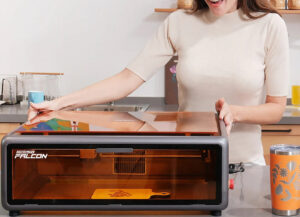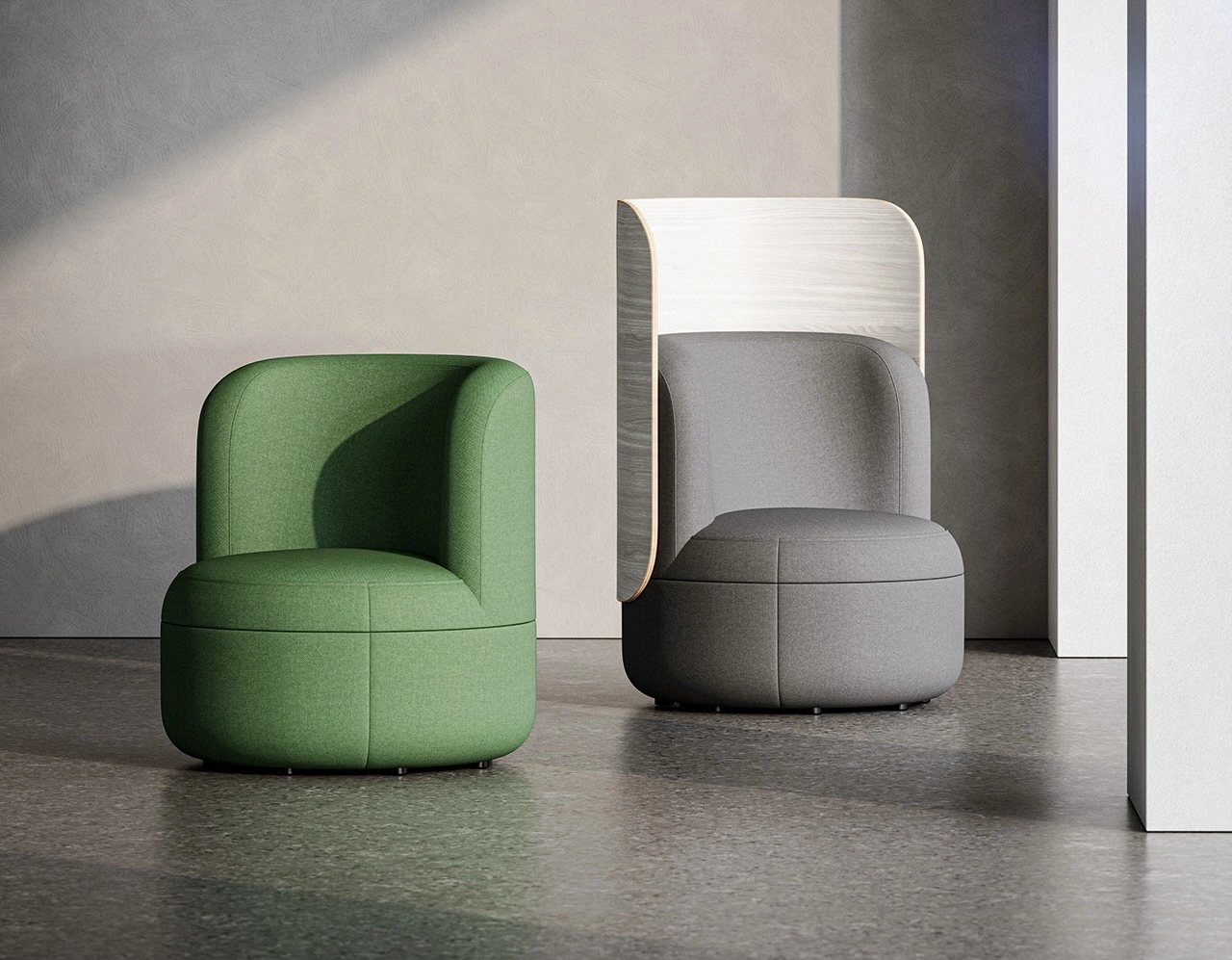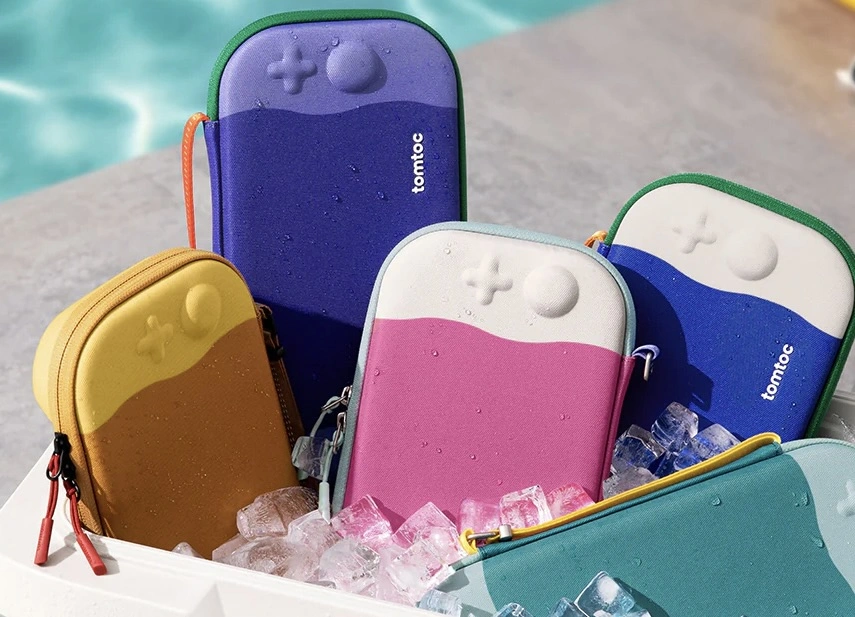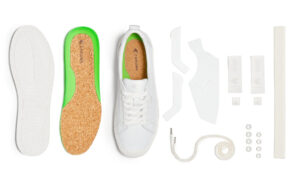There was a time, not long ago, when the act of engraving wood or slicing acrylic with a laser beam required a technician, a warehouse, and the blessing of an institution. Industrial laser cutters were to the maker what printing presses were to the poet—enormous, expensive, awe-inspiring, and inaccessible. They hissed in labs, glowed ominously behind smoked glass, and were more often found in aerospace factories than in homes.
The Creality Falcon A1, however, marks the end of that myth.
At just $599, this compact desktop laser cutter doesn’t just democratize fabrication—it reimagines the narrative of personal creation in the digital age. Much like desktop publishing in the 1980s or 3D printing a decade ago, the A1 collapses an entire industrial genre into a format that fits—quite literally—between your monitor and your coffee cup. It does not whisper revolution; it hums it, quietly, at 62 decibels.
From Mainframe to Maker Desk
To understand the Falcon A1’s cultural resonance, one must begin with its place in a historical arc. Laser cutters began as monolithic devices in industrial labs, largely reserved for defense applications, architecture studios, and deep-pocketed prototyping firms. Their capabilities were celebrated but sealed off.
What changed wasn’t just the technology. It was the ambition.
Creality, already responsible for making 3D printing accessible through its Ender series, understood that the true power of a tool lies not in its spec sheet but in its invitation. The Falcon A1 extends such an invitation—to designers, educators, artisans, and dreamers.
What the Machine Is
At its core, the Falcon A1 is a 10-watt diode laser engraver and cutter that uses focused light to vaporize material. But unlike its CO₂ forebears, which often require fume extraction units, chilled water systems, and fire suppression setups, the A1 runs on a closed-loop ecosystem.
Its 400x400mm work area is enough for most hobbyist and small business needs. The ±0.01mm precision satisfies even demanding jewelry and model-making tasks. The AI-assisted focus system uses an onboard camera to detect material height and adjust accordingly—making laser tuning, once a fussy rite of passage, effectively automatic.
The result is reliability through elegance, an increasingly rare commodity in machines meant for creative work.
Safety Reimagined
Historically, the term “laser cutter” has carried with it a lingering scent of danger. Eyes burned. Plastics fumed. Safety glasses fogged up under fluorescent lighting.
Creality has quietly deconstructed this perception.
The Falcon A1 is enclosed in an IP54-rated housing that filters 99.97% of airborne particles. Magnetic interlock switches cut power the moment a door is opened. Real-time air quality monitoring alerts the user when airflow dips below safe thresholds. And for those wishing to push the envelope, an inert gas purge system can be added—further stabilizing flammable materials.
It is, quite simply, a machine that treats domestic safety as seriously as industrial output.
Material Vocabulary
What can the A1 do? Perhaps a better question is: What can’t it do—yet?
Most diode lasers in its class are limited to simple woodburning or marking. The Falcon A1 expands that vocabulary. It cuts 3–8mm hardwood, 5mm acrylic, and engraves anodized aluminum. It burns patterns into leather, textures denim, etches glass using marking compounds, and—believe it or not—engraves chocolate.
It has even been used, in an academic setting, to prototype printed circuit boards, when paired with post-process etching.
And for artists, the A1’s variable frequency pulsing allows it to simulate tonal gradients once exclusive to $8,000 engraving systems. This transforms the tool into an expressive medium—less CNC robot, more laser brush.
The Software is the Studio
Bundled with Creality’s native CR-Laser software but compatible with industry-standard LightBurn, the Falcon A1 exists within an ecosystem designed to minimize friction and maximize flow.
Using LightBurn, the machine becomes both studio and stage:
- You scan a hand-drawn sketch on your phone.
- Vector paths are auto-traced and aligned via camera.
- Simulations reveal whether power levels or speeds need adjusting.
- And engraving begins—live, responsive, smooth.
This process is less “machine learning” than “maker learning.” The feedback is immediate. The loop between intention and execution is tight.
Comparisons and Counterpoints
The A1 does not pretend to be a Glowforge. It cannot match the 55W power of higher-end CO₂ systems. It will not pierce quarter-inch steel. But what it sacrifices in brawn, it reclaims in focus.
At one-eighth the price of a Glowforge Pro, it is whisper-quiet, remarkably portable, and deeply intuitive. It also avoids some of the more controversial aspects of cloud-dependent platforms by offering offline operation, a crucial feature for those concerned with privacy and speed.
Stories from the Edge of Fabrication
In Portland, a jewelry designer reports slashing her prototyping costs by over 90%, allowing her to test bolder ideas and take risks formerly stymied by fabrication delays. In Colorado, a luthier engraves fretboard inlays that once required 12 hours of manual work per week. In Singapore, a university has replaced a $28,000 laser with Falcon A1s for their student fabrication labs, allowing more equitable access—and zero accidents in eight months of use.
These stories do more than celebrate a product. They frame the Falcon A1 as a catalyst, turning creation into routine, not privilege.
Known Limitations, and Honest Workarounds
To be clear, the A1 has limits.
It is not fast by industrial standards. Cutting thicker materials takes multiple passes. But batch-processing overnight solves this for most users. It cannot engrave stainless steel or glass without additives—but with Thermark or CerMark, even these surfaces become viable. Its optics require cleaning every 20 hours, but the process is simplified with quick-release lens mounts.
These compromises are not failures. They are the natural boundaries of a machine that costs less than a smartphone and gives access to a once-forbidding craft.
The Cultural Turn in Fabrication
More than a machine, the Falcon A1 is a symbol—of post-industrial decentralization, of creativity without permission, of maker culture’s third act.
The first act was analog: knives, pliers, wood. The second, digital: screens, printers, code. The third is hybrid—digital craft made tactile. The Falcon A1 doesn’t just fit in this timeline. It defines it.
MIT’s Professor Neil Gershenfeld, founder of the global Fab Lab network, puts it this way:
“This isn’t just a tool. It’s a gateway drug to advanced manufacturing.”
That may sound hyperbolic—until you watch a teenager use the A1 to etch their band’s logo onto skateboards, leather cuffs, and denim jackets in a single afternoon. Then it becomes prophecy.
Impression
The Creality Falcon A1 is not revolutionary because it is the most powerful. It is revolutionary because it is possible—because it brings something that once felt remote and rare into the range of hobbyists, tinkerers, and working artists alike.
It is for:
- Makers who are ready to graduate from 3D printing
- Small business owners prototyping product lines
- Educators setting up low-cost, high-impact Fab Labs
It is not for:
- Factories producing hundreds of units per day
- Machinists cutting metal
- Jewelers requiring micron-level precision on every pass
But for those in the vast, fertile middle ground—the growing class of creative independents—the Falcon A1 may be the most important creative investment they make this year.
No comments yet.









